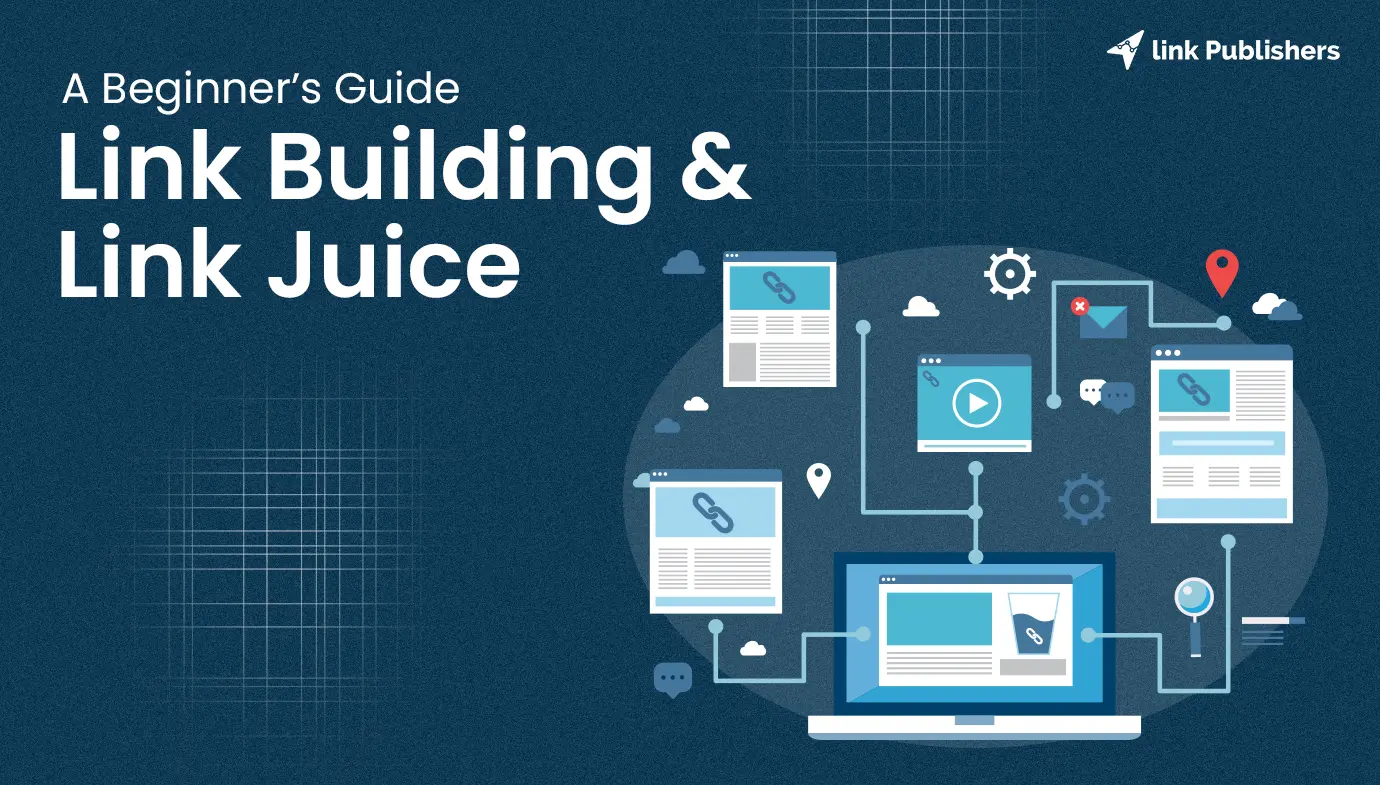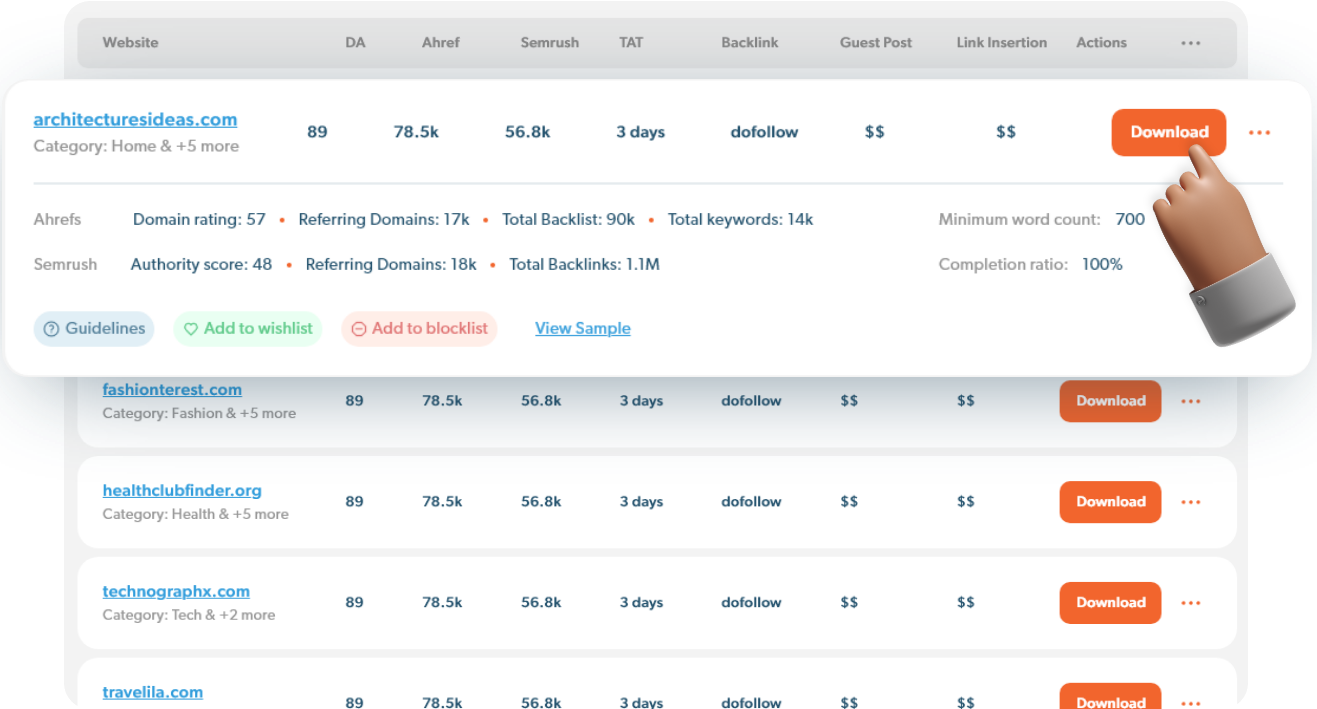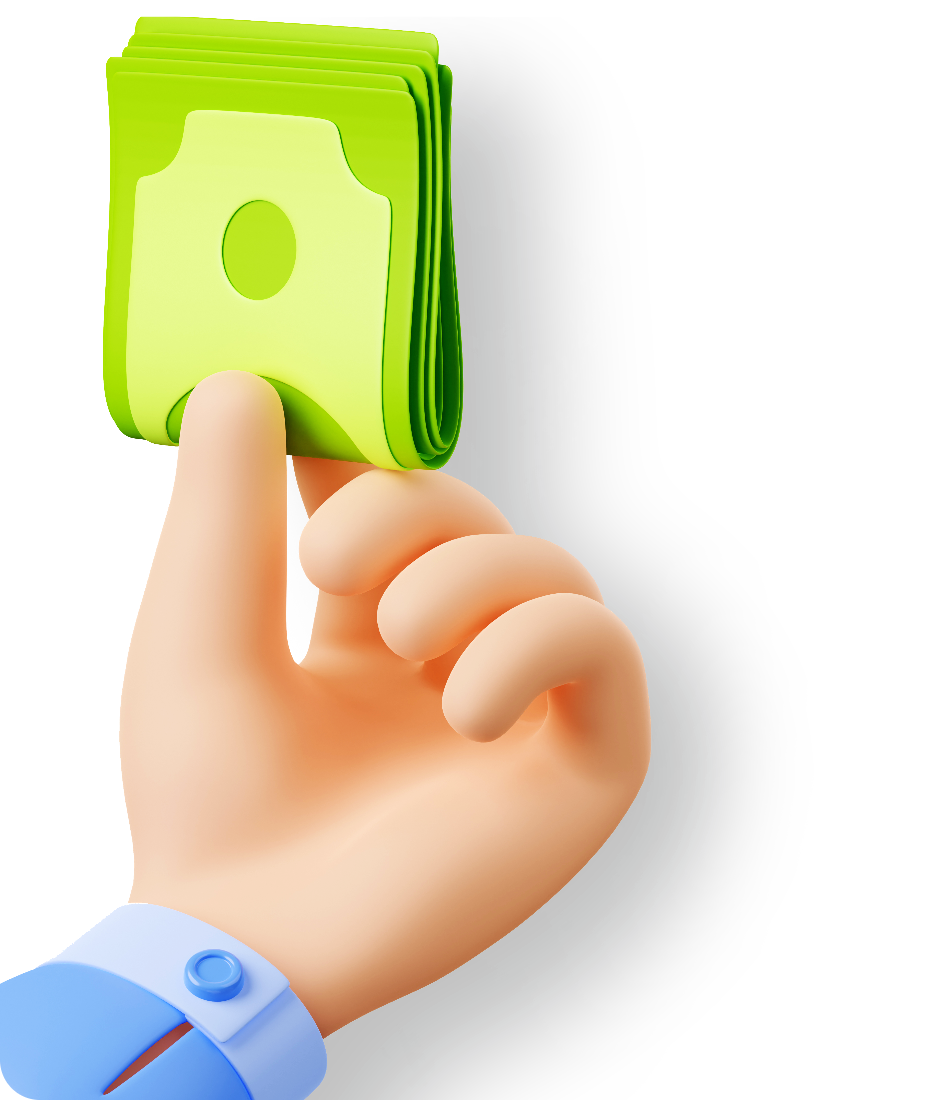One of the biggest fears for many website owners is Pogo sticking. The term is something new that has recently become popular after users were worried about how it would affect SEO. Pogo sticking can be frustrating and often leads to a higher rate at which people bounce through the pages of a site, or at least in theory.
What Is Pogo Sticking? : To best understand pogo sticking, you should look at yourself. If you have ever entered a search query on Google, you might have been pogo sticking. The term refers to someone clicking on a site only to back out after a few seconds and enter a different site. This can happen over and over again until they find what they are looking for.
As you might have guessed, if numerous people do this, it might send a signal to the search engine algorithm that the current pages that rank on top might not be what people are looking for. This could potentially lead to pages dropping down the search rankings. In my experience with pogo sticking, I have picked up a few things. Continue reading to see some of my findings:
What Is Pogo Sticking, And How Exactly Does It Work?
Once someone enters a search term in the Google search engine, the search engine results page (SERP) would spew out numerous pages. All of these pages contain the term that has been searched for and often information surrounding the topic. However, not all websites on the first page might be tailored to the specific needs of someone.
The term pogo sticking refers to someone bouncing around between search results until they find their desired result. The term was originally coined by Google and can be best described when you have a website, and someone has landed on your site. After only skimming through a few things, they will back out of the site and visit the next one.

The issue with pogo sticking lies in its message to the search algorithm. If one person pogo sticks, it would not have any bearing on your site. However, when numerous people start doing this, it sends a message that your site does not answer the question in demand.
This might force Google to drop the page down in the search page and make space for something more relevant. However, there is also a moral issue here, especially when we look at psychological topics like breakups.
For instance, you might have a site guaranteeing someone to get over their ex, but they want to get them back instead. Unfortunately, this could lead to pogo sticking, even when you are providing concrete and factual information.
Why Is Pogo Sticking Important?
Pogo sticking is one of the most important new SEO issues, and the big reason for this is that there is very little people can do about it. Unfortunately, you have no control over the moral aspects of the person searching, but this could penalize your site.
As I mentioned earlier, it is all about the signals the search algorithm receives. The more people that pogo sticks to your site, the more it tells Google that your site does not contain an answer to the desired search query. As you might have guessed, this would quickly drop your site down the rankings.
Read Also : Backlinks Vs Referring Domains
How To Avoid Pogo Sticking?
The great thing about you visiting our website is that you don’t need to pogo stick us, and I understand that you probably want to know how you can avoid it. I will be honest and tell you that there is no surefire way to prevent pogo sticking, butyou can do a few things. Some of the following things would reduce the possible pogo sticking on your website:
Valuable Content
Pogo sticking is one of those terms that has very little bearing on the backend of your site. You could be brilliant with your keywords or marketing, but the content is what would have the biggest influence.
The best way to prevent pogo sticking is to ensure you have valuable content. Not only should your content contribute to the world, but it should stick to the topic. Nowadays, we have websites for virtually anything you can think of, which gives users ample information and sites they can choose from for their queries.
However, you should make sure that you do the research and speak to the question you are looking to rank for. If someone is guaranteed to find the answers they are looking for, they will inevitably stick to the site for longer periods. If they do pogo stick, they will eventually return to your site to find the answers.
Sticking To The Topic
Another issue is that people easily get distracted, and this is the same for writers. Have you ever read an article about a specific query, only for the writer to digress immensely? This is a big problem, with some amateur writers often forgetting to stick to the topic at hand.
When writing content for your site, it is best to stick to the topic as much as possible. Do your research and tailor each point you make to have some bearing on the created content, which would give the reader the best possible answer to their query.
Remember That Human Beings Are Reading Your Content
With the advent of new AI tools like ChatGPT, content creators are using the tool to rapidly create content. However, they don’t always read through the content and simply choose to publish. If I search the internet and come across AI written content, I do pogo stick as the content lacks some human element to it.
The world is heavily based on emotion, and if you want to keep the bounce rate and the pogo sticking to a minimum, you should appeal to the human side. The idea is to be captivating while providing relevant information to help the user address their concerns.
Avoid Clickbait Content
Do yourself a favor and click on any YouTube video, and you will often see that the title and the content do not correlate. This is what we call clickbait. Thanks to the modern age of SEO and the various steps we can take to improve website rankings, Clickbait is becoming more pronounced.
I can think of a great title in minutes, but building solid content around that title takes time. Unfortunately, people are not willing to put in the work to back up the amazing title or meta description. Once someone sees that your content is clickbait, they will rightfully back out to a different site that answers their query.
Be Unique
Finally, a favorite method of mine is to be unique when writing content. Instead of copying the content from other sites and writing it like a generic robot, it might have some emotion included that differentiates me from other writers.
To keep people on your site, a unique tone and voice bring your content to life and makes people remember your site. Have your ever visited any site accidentally, only to have the comedy of the writer draw you in? Yes, this is one of the best ways to keep readers coming back and avoid possible pogo sticking.
Read Also : Ecommerce Link Building Strategies
Pogo Sticking Vs Bounce Rate – Let’s Explore The Difference
Now that you understand the way that content keeps people reading, you should also know about the differences between bounce rate and pogo sticking. No, these concepts are not the same, and while a high bounce rate is frustrating, pogo sticking could sink your website if you don’t try to avoid it.
Pogo Sticking
As defined earlier, pogo sticking simply refers to when an individual visits a specific website and quickly back out of it to enter a different website. Pogo sticking can only occur when the person enters a search query in the search bar. This means that if they visit your site from a different source, it does not count as pogo sticking to the algorithm.
Bounce Rate
The bounce rate is slightly different, and this is when someone enters your site from any source. They could be directed from another website or even social media. However, it only counts as them “bouncing” when they read the entire article without performing any action (clicking a link, adding an item to the cart, or filling out a form).
For example, if you read the entirety of this article without clicking a link or performing some sort of action, you are increasing the bounce rate of the website. This is also why you see websites littered and often even full of spam links. If you have a favorite website, you should help them by acting.
Conclusion
Now that you know what pogo sticking is and the pogo sticking SEO definition, you can use some of the tips I provided to help you avoid it from happening to your site. If you have been a victim of pogo sticking, I would love to see some of your comments and perhaps help you understand why this has happened.
Frequently Asked Questions :
Once you get to grips with the meaning of pogo sticking, it should be easy for you to fix the issue and address any concerns. Unfortunately, hard work and providing good content is the only answer. Having done diligent research on this topic, I have come across a few important questions that many of you have mentioned:
Is Pogo Sticking Good For Your Website?
Having done plenty of research going into this article, I could not find any way in which the pogo sticking definition provided by Google has any positive effects on your website. It is always negative and can lead to a penalty in search engines.
What Best Describes Pogo Sticking?
Pogo sticking SEO is best defined by people hopping from site to site from the SERP. It could be due to someone not finding what they want or the site not providing any actual content that makes them stay.
What Are The Best Ways To Prevent Pogo Sticking?
In my experience as a writer and content creator, the best way to stop pogo sticking is to provide actual relevant content. The pogo sticking SEO term would be avoided if writers addressed the questions and the topics they aim to rank for.







